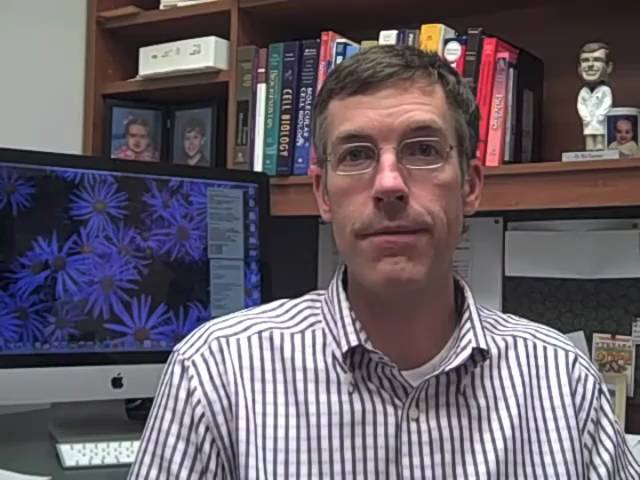Research Summary
Elevated blood cholesterol is a primary risk factor for heart disease, and overaccumulation of cholesterol and fatty acids is toxic to cells. A negative feedback mechanism prevents excessive lipid accumulation in cells by regulating sterol regulatory element-binding proteins (SREBPs), a family of membrane-bound transcription factors that activate genes required for cholesterol and fatty acid synthesis and uptake of cholesterol-rich lipoproteins. Using yeast genetics as a discovery tool, we found that fungal SREBPs respond to environmental oxygen and control cellular adaptation to hypoxia. The fungal SREBP pathway is required for hypoxic growth and importantly for host infection by fungal pathogens, making it a candidate antifungal drug target.
Solid tumors are poorly vascularized, leading to hypoxia and limited nutrient supply. Further, lipid synthesis is highly oxygen-consumptive, so neoplastic cells in a hypoxic environment are challenged with meeting the demand for lipid supply. Our discoveries in fungi motivated us to extend our studies to mammalian cells in order to examine (1) whether the SREBP pathway also responds to hypoxia in mammals and (2) whether SREBPs are required for cancer initiation, progression, and metastasis.
Current project areas:
Mechanisms for regulation of SREBPs - Using genetics and cell biology, we are searching for new regulators of the SREBP pathway and cellular lipid homeostasis.
Regulation of the Hypoxia Inducible Factor (HIF) by lipoproteins – We discovered that HIF responds to changes in lipid supply and are working to describe this mechanism and the physiological implications of this pathway.
SREBP pathway as a therapeutic target in cancer – Using xenograft and genetically engineered mouse models, we are testing whether SREBPs are required for cancer initiation, tumor growth, and metastasis. In parallel, we are developing chemical inhibitors of the pathway as potential cancer therapeutics.
Selected Publications
View all on PubMed
Esquejo RM, Roqueta-Rivera M, Shao W, Phelan PE, Seneviratne U, Am Ende CW, Hershberger PM, Machamer CE, Espenshade PJ, Osborne TF. 2021. Dipyridamole inhibits lipogenic gene expression by retaining SCAP-SREBP in the endoplasmic reticulum. Cell Chem Biol. 28:169-179
Shao W, Espenshade PJ. 2014. Sterol regulatory element-binding protein (SREBP) cleavage regulates Golgi-to-endoplasmic reticulum recycling of SREBP cleavage-activating protein (SCAP). J Biol Chem. 289:7547-57
Clasen SJ, Shao W, Gu H, Espenshade PJ. 2017. Prolyl dihydroxylation of unassembled uS12/Rps23 regulates fungal hypoxic adaptation. eLife 6:e28563
Shao W, Hwang J, Liu C, Mukhopadhyay D, Zhao S, Shen MC, Selen ES, Wolfgang MJ, Farber SA, Espenshade PJ. 2020. Serum lipoprotein-derived fatty acids regulate hypoxia-inducible factor. J Biol Chem. 295:18284-18300
Shao W, Espenshade PJ. 2012. Expanding roles for SREBP in metabolism. Cell Metab. 16:414-419



Patient Ratings & Comments
The Patient Rating score is an average of all responses to physician related questions on the national CG-CAHPS Medical Practice patient experience survey through Press Ganey. Responses are measured on a scale of 1 to 5, with 5 being the best score. Comments are also gathered from our CG-CAHPS Medical Practice Survey through Press Ganey and displayed in their entirety. Patients are de-identified for confidentiality and patient privacy.